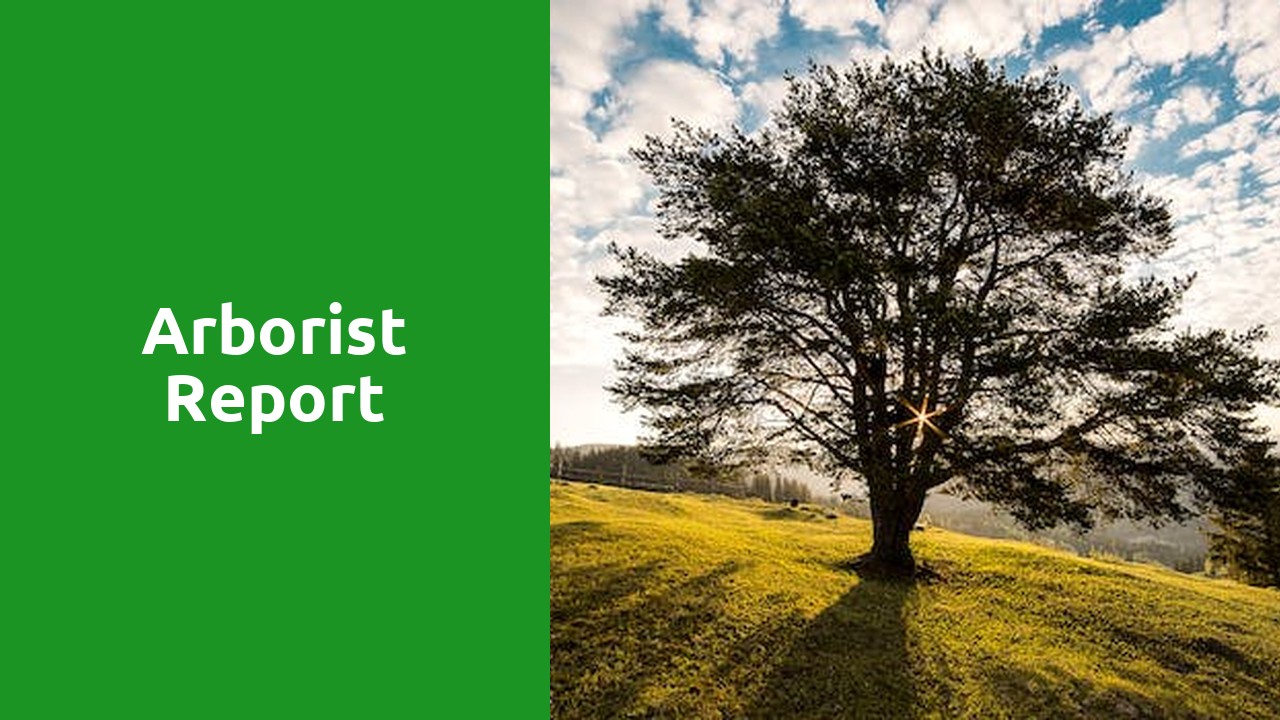An arborist report, also known as a tree report or tree assessment, is a document prepared by a certified arborist that provides detailed information about the condition, health, and management recommendations for trees. These reports are often required for various purposes, such as development applications, construction projects, tree preservation orders, or general tree care planning. Here are some key components typically found in an arborist report:
Property Information:
- Address and location details.
- Property boundaries and relevant landmarks.
Client Information:
- Name and contact details of the person or organization requesting the arborist report.
Arborist Information:
- Name, credentials, and contact details of the certified arborist preparing the report.
Tree Inventory:
- A list of all trees on the property, usually identified by species, size, and location.
Tree Health and Condition Assessment:
- Evaluation of each tree's overall health.
- Identification of any diseases, pests, or structural issues affecting the trees.
- Assessment of root health, canopy condition, and trunk stability.
Risk Assessment:
- Evaluation of potential risks associated with the trees, such as limb failure, uprooting, or disease spread.
- Recommendations for risk mitigation or tree removal if necessary.
Tree Protection Measures:
- Guidelines for protecting trees during construction or development activities.
- Recommendations for fencing or other protective measures to preserve root zones and avoid damage.
Pruning Recommendations:
- Specific recommendations for tree pruning, if necessary, to improve health, structure, or safety.
Tree Preservation Plan:
- Strategies for preserving significant trees on the property.
- Guidelines for ongoing maintenance and care.
Conclusion and Recommendations:
- Summary of the overall tree assessment.
- Recommendations for specific actions, such as pruning, removal, or ongoing maintenance.
Photographs and Diagrams:
- Visual documentation of each tree, highlighting key issues.
- Diagrams illustrating the location of trees and recommended actions.
Compliance with Local Regulations:
- Ensure that the arborist report complies with local tree protection ordinances and regulations.
Keep in mind that the exact content and format of an arborist report may vary based on local regulations and the specific requirements of the situation. It's important to hire a qualified and certified arborist to conduct the assessment and prepare the report.


